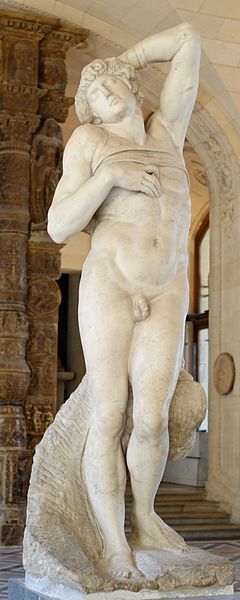Johannes Ittens Colorwheel
According to Johannes Ittens color-theory, all mixed colors, which are composed of the primary colors red, blue and yellow, are called colors. Black, white and all shedes of grey on the contrary are termed non-colors. The color wheel displayed in the sample Image above shows only a few of all the mixing possibilities. It can be used as a simplistic assistance for understanding. German lecturer and researcher Harald Küppers extended this basic color scheme by including the so-called non-colors black, white and shades of grey again as achromatic colors. Key elements for artists are color effects resulting from color – non-color contrasts.

Johannes Ittens Colorwheel – wiki: public domain
Non-colors or achromatic colors
It may seem illogical that Itten named achromatic colors non-colors. A little bit of bachground knowledge can help to make some sense of Ittens theory: colors only occur in specific light conditions. If those are not met, the colors are limited to the achromatic scale. It is in fact logical in some way that colorful is equated with colored. Wheter you choose achromatic or uncolored as the basis for your theory may be irrelevant. Itten, for one, excluded white, black and grey from his color wheel. But did you know that Russian cosmonauts have supposedly seen a fourth primary color in space? Perhaps this is just a legend. Who knows?
Tip: use color effectively
By combining mixed and unmixedcolors or by consciously putting a „non-color“ on a colorful ground, you can get intriguing effects.
Further reading, e.g. the masterpiece of art theory „The Art of Color“ by Johannes Itten, can be found in our online shop figunetik shop.
https://shop.figunetik.com/kunst-der-farbe-johannes-itten-gebundene-ausgabe
